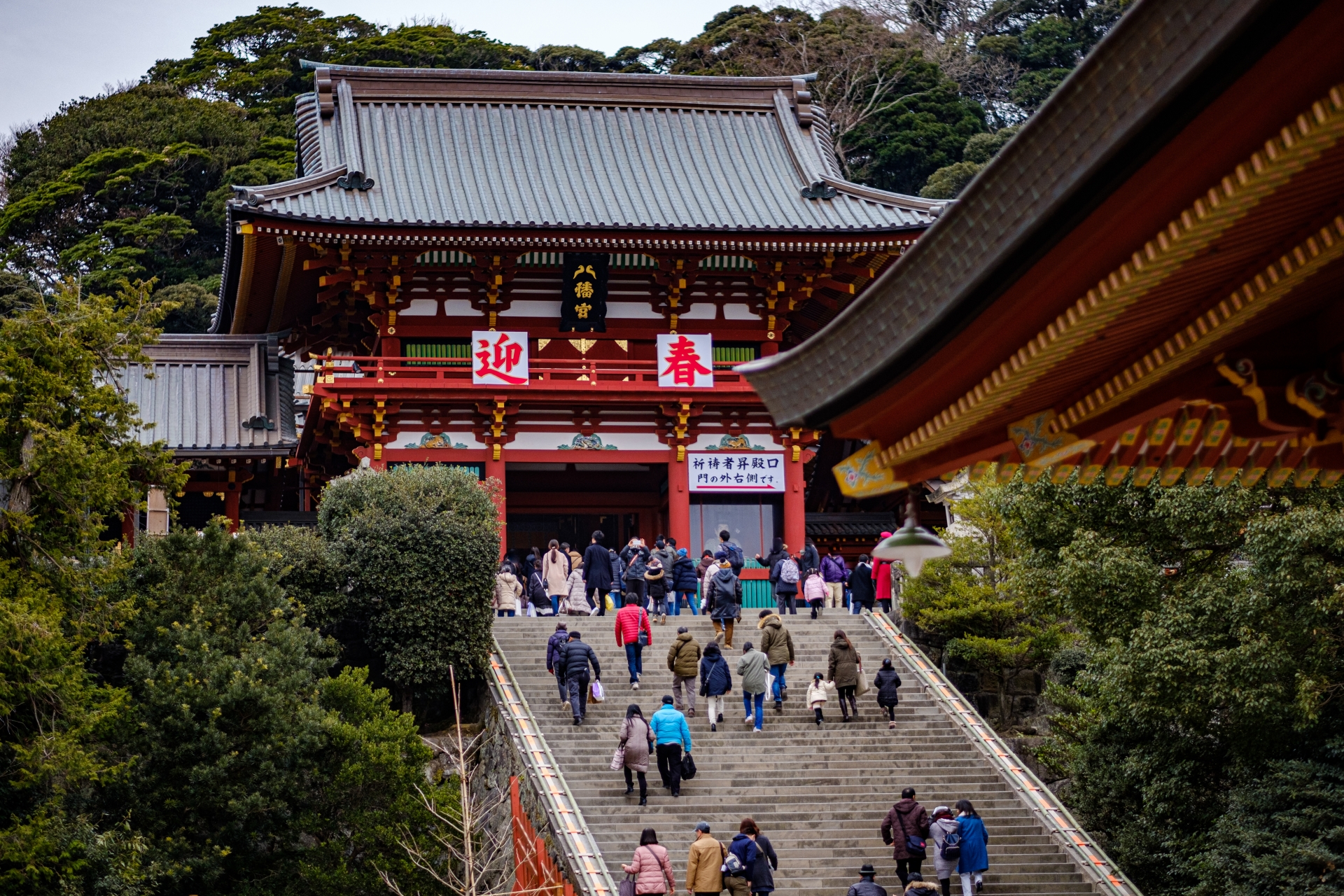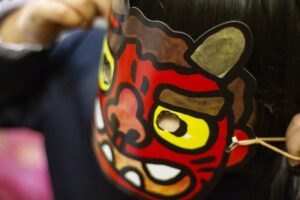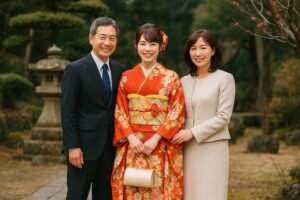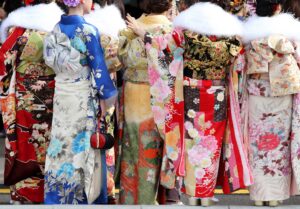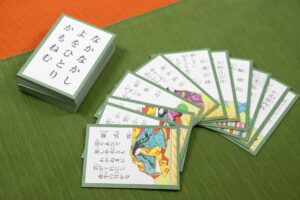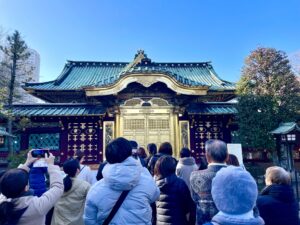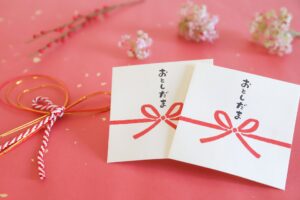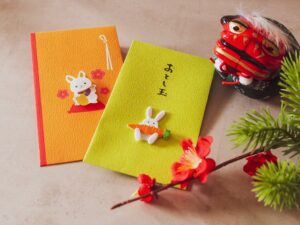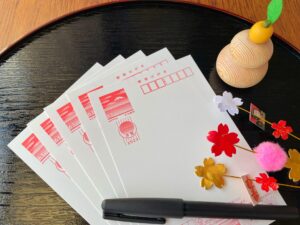Every January in Japan, millions of people participate in hatsumode, the traditional first shrine or temple visit of the year. Whether you’re visiting Japan for New Year or simply want to experience a meaningful cultural tradition, choosing the right location can shape your entire trip. This guide introduces the most memorable hatsumode spots across Japan and offers essential tips on planning, etiquette, crowds, and special New Year rituals to help you enjoy your first-prayer experience with confidence.
What is Hatsumode and Why It Matters
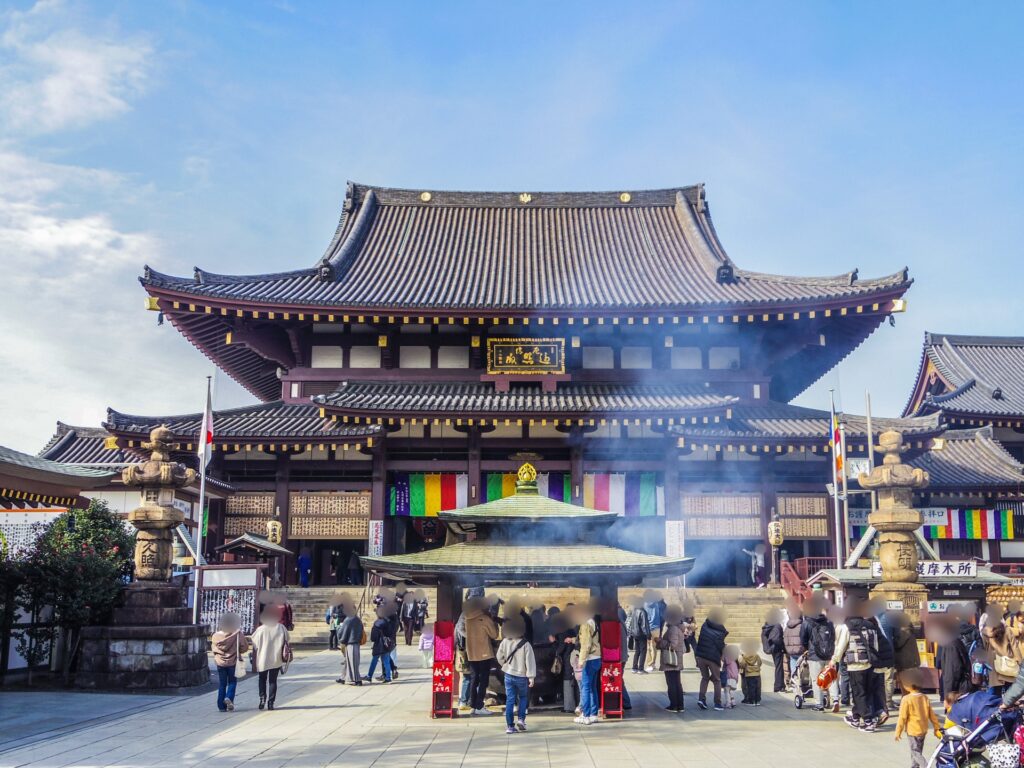
Hatsumode is the traditional first shrine or temple visit of the year in Japan, typically observed from January 1 through January 3. The practice originated in the Heian period, when court nobles would greet the New Year with prayers for health, agricultural prosperity, and protection from misfortune. Over time, this custom spread widely and became a New Year tradition embraced by families, communities, and travelers throughout Japan.
During hatsumode, visitors offer coins, make silent prayers, receive omikuji fortunes, write wishes on wooden ema plaques, and purchase protective omamori charms. Food stalls, festive decorations, and seasonal treats create a warm and celebratory atmosphere at many locations. Even with large crowds, the sense of renewal and optimism is deeply felt.
For American and international travelers, hatsumode offers a rare opportunity to participate in a living cultural tradition at the very heart of Japanese New Year celebrations. Whether you choose a major shrine with millions of attendees or a quieter local temple, the experience provides a meaningful start to the year.
Top Hatsumode Spots You Should Know
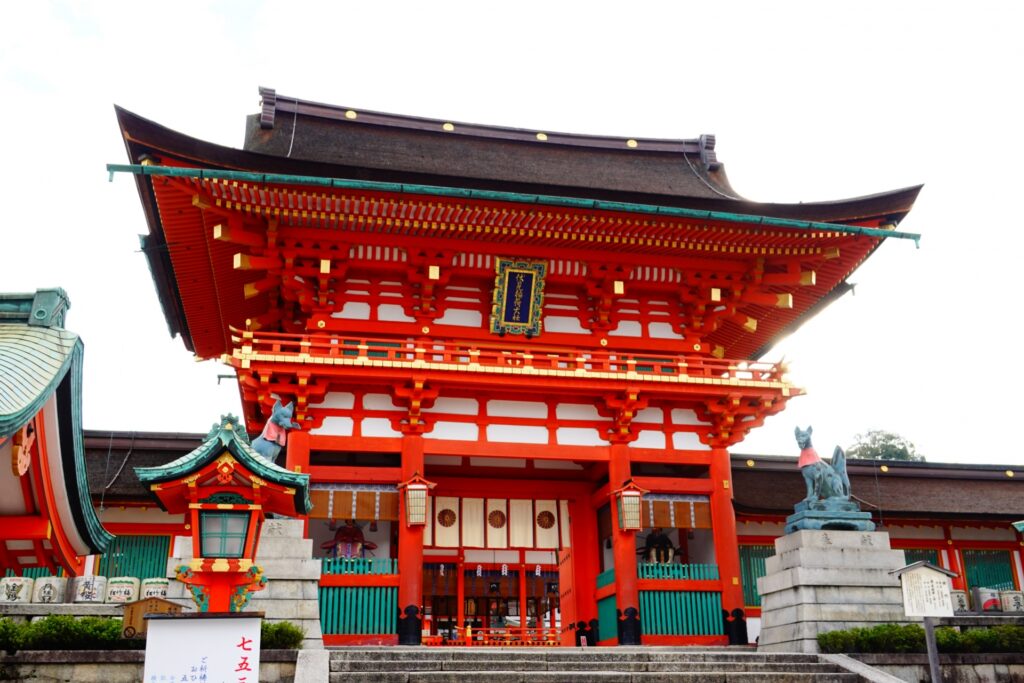
Meiji Jingu Shrine (Tokyo)
Meiji Jingu, located beside Harajuku and Yoyogi Park, is one of Japan’s most visited hatsumode destinations. More than three million visitors pass through its giant torii gates during the first days of January. Despite being in central Tokyo, the shrine is surrounded by a peaceful forest, giving visitors a sense of calm even during peak crowds.
The shrine is easily accessible from Harajuku, Meiji-Jingumae, and Yoyogi stations. Midnight on New Year’s Day is extremely busy, so those seeking a quieter experience may prefer early mornings on January 2 or 3. Known for blessings of peace, protection, and family well-being, Meiji Jingu appeals to first-time visitors and returning travelers alike.
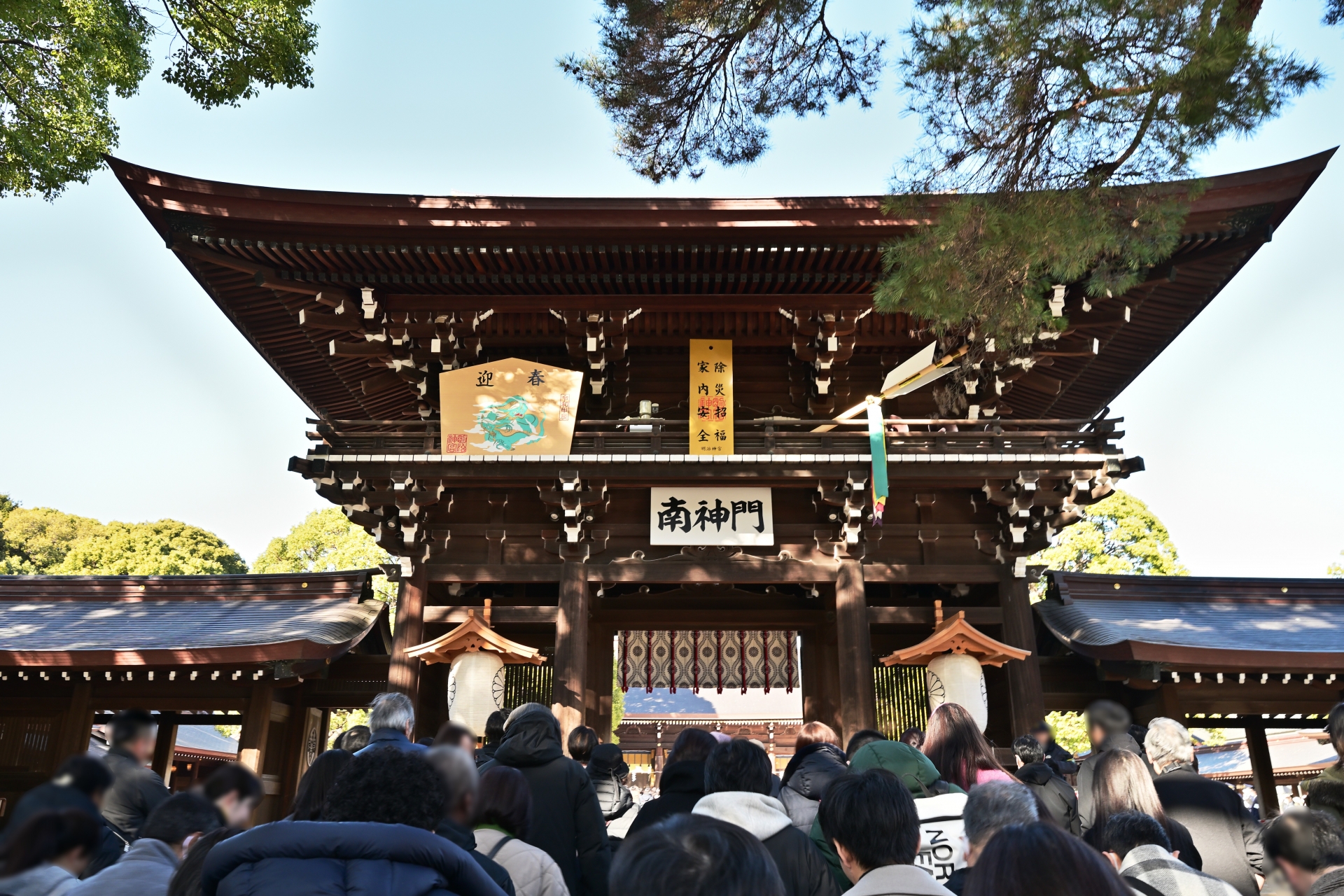
Naritasan Shinshoji Temple (Chiba)
Naritasan Shinshoji Temple is one of Japan’s most visited temples during hatsumode, attracting millions each year. Its history stretches back over 1,000 years, and the temple grounds include grand halls, pagodas, gardens, and scenic walking paths. One highlight is the Goma fire ritual, a powerful ceremony intended to purify wishes and remove obstacles.
Located near Narita Airport, the temple is especially convenient for international travelers arriving in or departing Japan during the holiday season. While crowds are large, the spacious grounds help disperse visitors, offering a balanced and culturally rich New Year experience.
Fushimi Inari Taisha (Kyoto)
Fushimi Inari Taisha is one of Kyoto’s most iconic shrines, best known for its thousands of vermilion torii gates that stretch up Mount Inari. During hatsumode, lanterns illuminate the paths, creating a mystical and deeply atmospheric experience. Dedicated to the deity of agriculture and business prosperity, the shrine is popular among entrepreneurs, families, and photographers.
Because the shrine extends across a mountain, visitors can find quieter areas by walking beyond the main grounds. While the entrance becomes crowded, the deeper trails offer a peaceful and reflective experience. The shrine is conveniently accessible from Fushimi-Inari Station (JR) or Inari Station (Keihan).
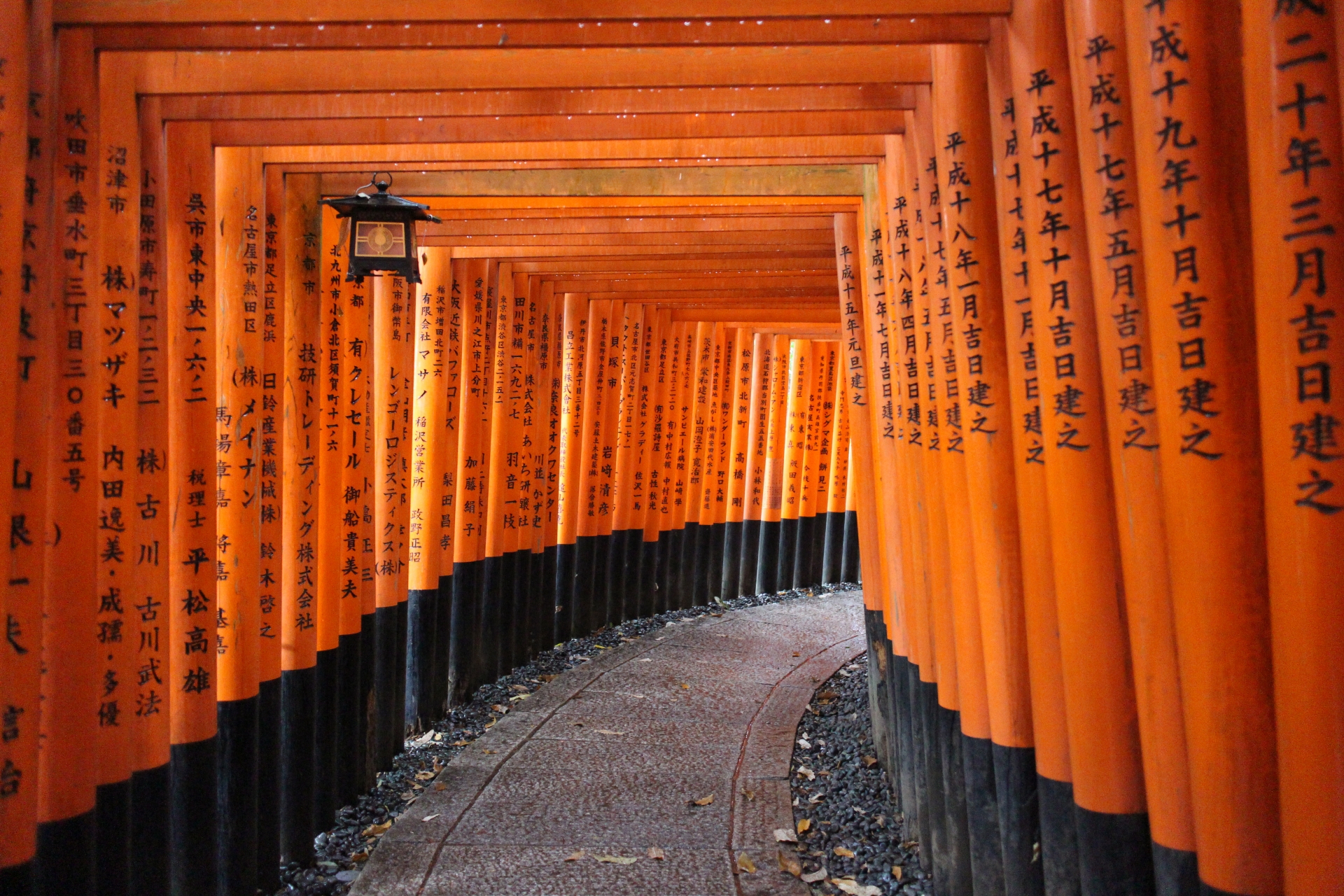
Dazaifu Tenmangu Shrine (Fukuoka)
Dazaifu Tenmangu is one of Japan’s most significant Tenmangu shrines and is dedicated to Sugawara no Michizane, the deity of learning. This makes it an especially popular destination for students praying for academic success during the New Year season.
The shrine features picturesque bridges, ponds, and traditional structures, making it a visually appealing place to welcome the new year. Located a short train ride from central Fukuoka, it provides an excellent opportunity to experience regional Japanese culture outside the major metropolitan areas.
Sumiyoshi Taisha (Osaka) – Updated Version (No Food Stalls)
Sumiyoshi Taisha is one of Osaka’s most historically important shrines and showcases the distinctive Sumiyoshi-zukuri architectural style, one of the oldest shrine-building traditions in Japan. It is widely known for blessings related to safe travel, business prosperity, and household protection.
While the shrine was once known for its lively food-stall atmosphere during New Year, these stalls have not returned since the COVID-19 pandemic. Nevertheless, the shrine continues to draw many visitors who come for its spiritual significance, traditional rituals, and elegant architecture. Its convenient location near Sumiyoshi Taisha Station and Sumiyoshitoriimae Station makes it easy to access from central Osaka. For travelers seeking a culturally rich and regionally distinctive hatsumode experience, Sumiyoshi Taisha remains an excellent choice.
Kawasaki Daishi Heiken-ji (Kanagawa)
Kawasaki Daishi is a major New Year destination located just outside Tokyo and is well known for its strong association with warding off evil (yakuyoke). The temple grounds attract large numbers of visitors who come for prayers, ceremonies, and New Year blessings.
With easy access from Kawasaki Daishi Station and close proximity to Haneda Airport, the temple is ideal for travelers with busy schedules or limited time. Its vibrant atmosphere and traditional performances make it a memorable location for hatsumode.
Planning Your Visit: Practical Tips for Foreign Travellers
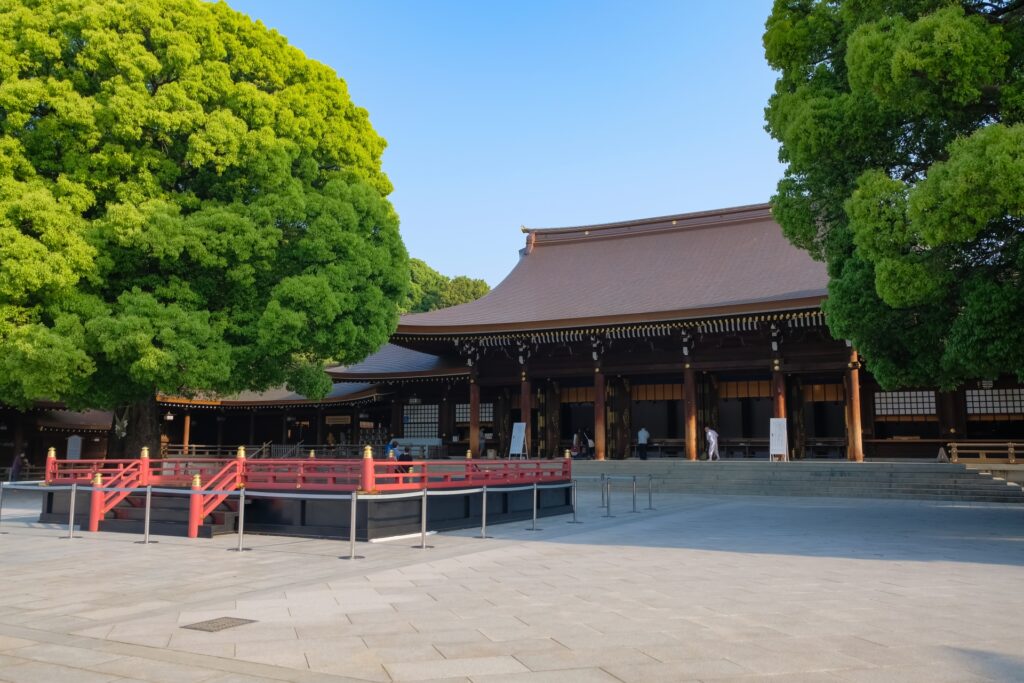
Choosing the right time for hatsumode significantly affects your overall experience. Midnight on January 1 is the busiest period, with massive crowds gathering to welcome the new year. For a calmer visit, consider early morning on January 2 or 3. Many major cities operate extended train schedules to accommodate New Year travelers.
Before entering the main shrine building, visitors should purify their hands and mouth at the temizuya (water basin). The standard method of prayer at Shinto shrines is: offer a coin, bow twice, clap twice, make a silent prayer, and bow once more. Be mindful not to obstruct people who are praying and avoid taking photos directly in front of them. Warm clothing is essential, as waits can be long and temperatures quite low.
What to Expect: Crowds, Blessings & Unique Experiences
Hatsumode features a festive atmosphere, with many shrines offering seasonal treats and traditional sweets. Visitors can draw omikuji fortunes and purchase omamori charms for various blessings such as health, love, success, or safe travel. Temples often host ceremonies including the ringing of large bells 108 times on New Year’s Eve, a Buddhist tradition symbolizing the cleansing of worldly desires.
Some travelers combine hatsumode with hatsuhinode, the viewing of the first sunrise of the year. Watching the sun rise from mountains, coastlines, or observation decks adds a profound sense of renewal.
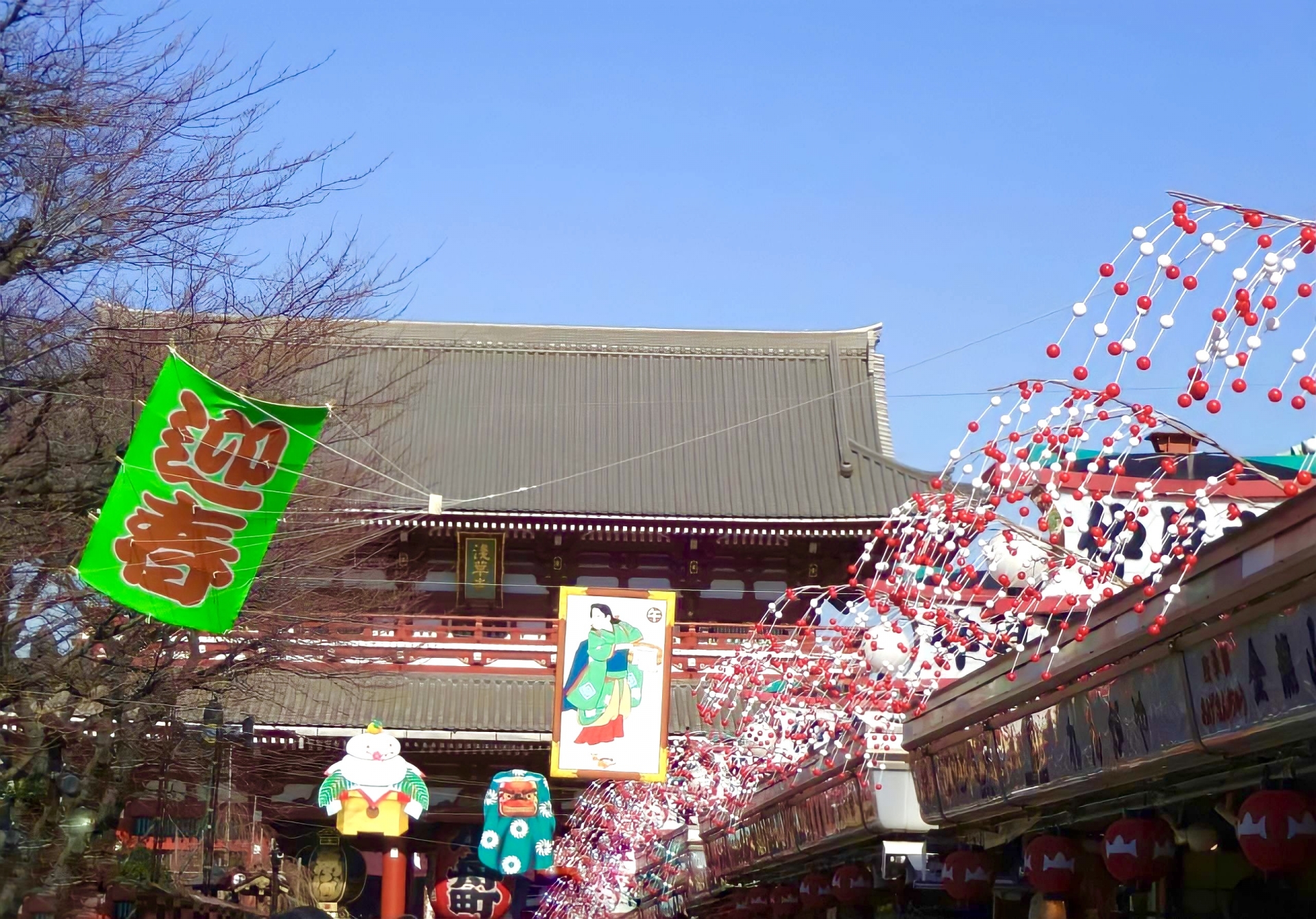

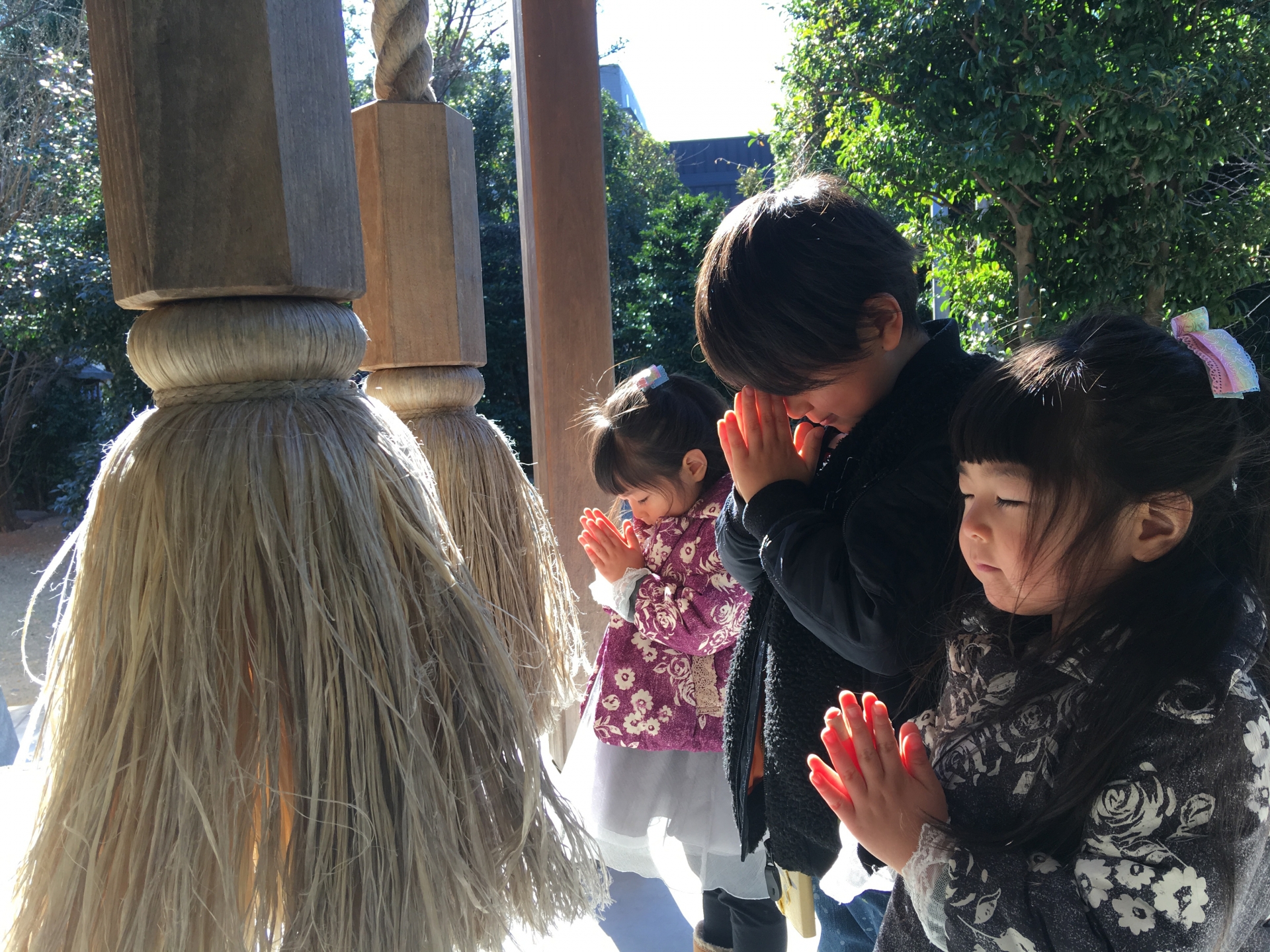
Hidden Gems & Regional Alternatives
Travelers seeking quieter or more intimate hatsumode experiences may enjoy visiting lesser-known regional shrines. Omiya Hikawa Shrine in Saitama offers a forested setting with fewer crowds than central Tokyo. In Kyoto, shrines like Umenomiya Taisha or Yoshida Shrine provide peaceful alternatives that highlight local traditions and culture without overwhelming crowds.
These hidden gems are ideal for visitors who prefer authenticity and tranquility over high-traffic tourist spots.
Combining Hatsumode with Other New Year Travel Activities
Hatsumode pairs well with other Japanese New Year traditions, including viewing the first sunrise, visiting New Year markets, and enjoying traditional dishes like osechi ryori. Popular sunrise destinations include Mount Takao, Enoshima, and Cape Inubosaki. Staying at a ryokan allows travelers to enjoy seasonal meals, hot springs, and a serene environment after visiting a shrine or temple.
Summary & Call to Action
Hatsumode is one of the most meaningful ways to begin the New Year in Japan. Whether you choose a major landmark shrine like Meiji Jingu or explore a regional favorite like Dazaifu Tenmangu or Sumiyoshi Taisha, each location offers its own blend of history, spirituality, and festive energy.
As you plan your New Year trip, think about what matters most to you—crowd levels, convenience, scenery, cultural immersion—and choose a destination that fits your travel style. If you’re preparing your itinerary, now is the perfect time to decide where to make your first prayer of the year in Japan.

